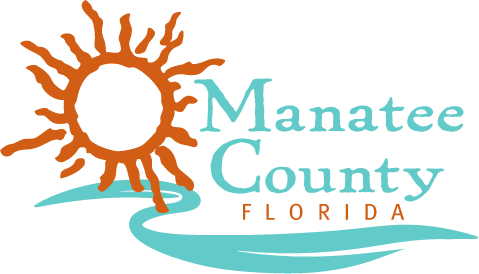The Manatee County Utilities Department makes a commitment daily to provide the highest quality drinking water to the residents of Manatee County, Sarasota County, and cities served.
- The 2024 Water Usage Report Card presents information on drinking water, water conservation rebate programs, water consumption, water rates, the Cross Connection Control Program, and water conservation.
- The Water Quality Report 2024 represents a summary of the drinking water quality during 2024.
- Additional Water Quality Information 2024: This section provides a summary of additional regulated (secondary) and non-regulated water quality parameters. Although all values fall below the established Maximum Contaminant Levels (MCLs) and are therefore not included in the 2024 Water Quality Summary Report, we’re sharing this information to keep our customers fully informed.
- The Monitoring Data for Unregulated Contaminants information UCMR5 2025 provides information on a series of EPA mandated drinking water tests that occurred in 2024. The results provide the EPA with data to determine if these contaminants need to be regulated in the future to protect public health.
- Manatee County provides drinking water that meets all safety standards and strives to provide drinking water to each tap in our system that is free from unfavorable odor or tastes. Sometimes customers report a mild taste or odor. The Manatee County Water System Odor Fact Sheet_062017 describes some of these concerns, details possible causes, and for some, provides diagnostic procedures that can be performed by homeowners.
